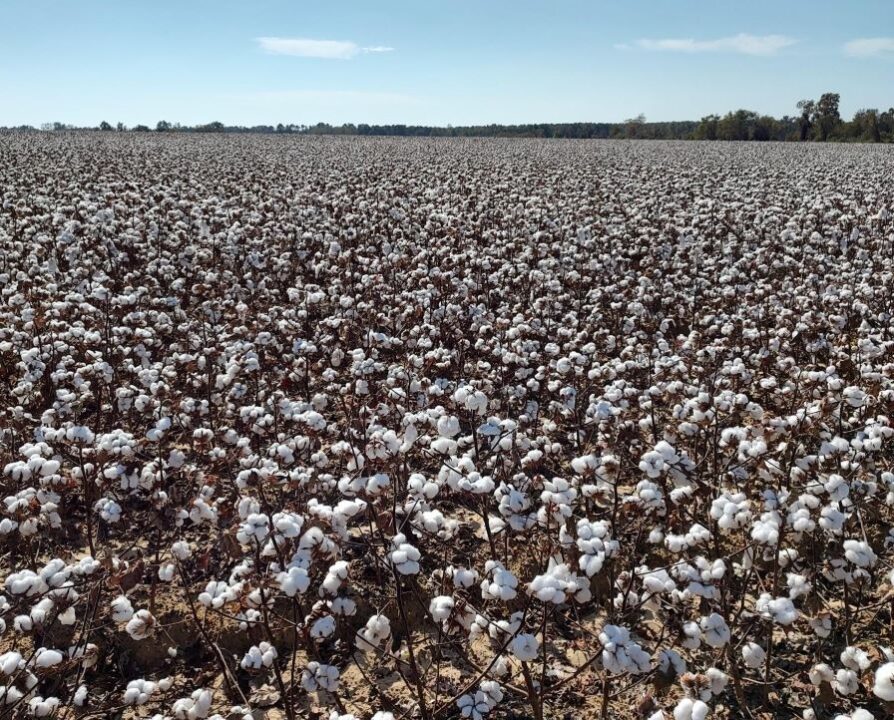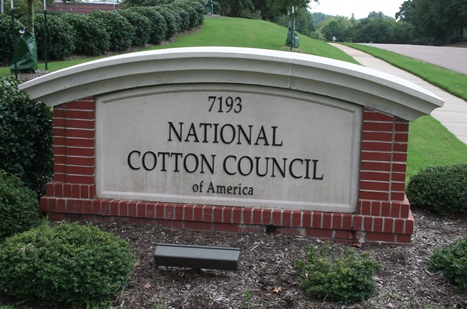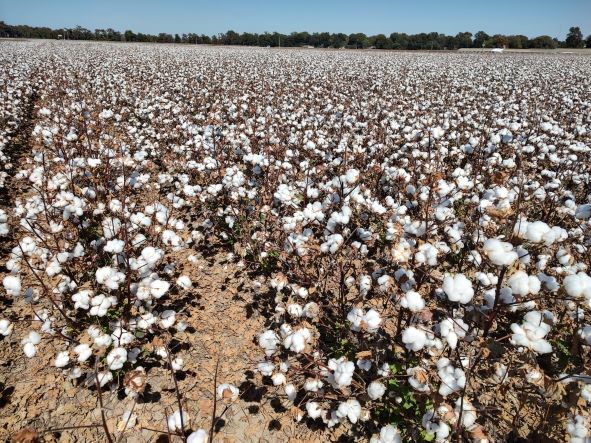“Brazil’s Cost” Offset by Wealth of Advantages

Brazilian cotton was priced at 78 cents at the beginning of 2010, reached a record $2.43 on March 10, 2011, and came back to 88 cents in December 2011 on the domestic spot market – the most volatile time in the market’s history. This situation exposes the entire cotton industry to enormous risk.
The perspective of the Brazilian cotton industry should be evaluated in light of two trends:
1. Cotton production has shifted from about 1.2 million tons to about 2 million tons.
2. The textile industry is going in the opposite direction.
Although cotton consumption has been close to 1 million tons over the last three years, many companies are in financial crisis due to the volatility. National consumption likely won’t exceed 40% (700,000 to 800,000 tons), leaving the remainder for exports.
Part of the weakness of Brazilian textile industry can be explained by volatility, but there are other factors undermining Brazil’s competitiveness (not only in textiles): high labor and energy costs; the weakness of the U.S. dollar; and high taxes – what we call “Brazil’s Cost.” It is becoming more difficult to compete with the Asian textile industry. Garment and yarn imports are increasing consistently.
Challenges to Cotton Production
The potential decline of the textile industry is an important threat to cotton production. The volatility of prices is another concern, and can be responsible for the huge variations in acreage from one year to another (such as the 65% increase in 2010/11). Hedging mechanisms are still poorly adopted by producers, except in barter operations when cotton is sold forward to buy inputs for the growing season, specifically chemicals and fertilizers.
High production costs (about 80 cents/lb), the boll weevil, and poor infrastructure are the major constraints for cotton sustainable development in the country.
Another problem is the lack of skilled labor. There is a lack of qualified workers on the farms, particularly machine operators and technicians of all skill levels.
In spite of these constraints, there are many opportunities for Brazilian cotton, such as the availability of land, high yields and good quality. And while the adoption of genetically modified cotton in Brazil is only about 20%, it is expected to grow significantly over the next two years. Finally, new ports are being included in vessel routes and with the existing facilities, it is possible to ship 1 million tons per year.
The creation of the IBA is another opportunity for Brazil. IBA is part of the negotiation between the governments of Brazil and the United States, as a result of the cotton dispute under the Wolrd Trade Organization. IBA’s objective is to promote the development and strengthening of the Brazilian cotton industry through investments in projects that reflect the interests of producers, represented by ABRAPA and its state associations.
IBA’s activities may include:
• Pest and disease control (boll weevil and nematode control must be the focus).
• Capacity building at different levels, in partnership with existing entities, to promote the improvement of the labor force on cotton farms.
• Market information services to help producers make decisions and manage their farms properly. Social and environmental sustainability is key in today’s market and there are important projects under way on Brazilian cotton farms.
• A good classing service. The quality of Brazilian cotton is recognized by the market – it is essential to assure traceability.
It is clear there are many challenges ahead, but also many opportunities. The future of cotton will depend on how these challenges are met using the correct tools to maximize the potential of cotton in Brazil.









